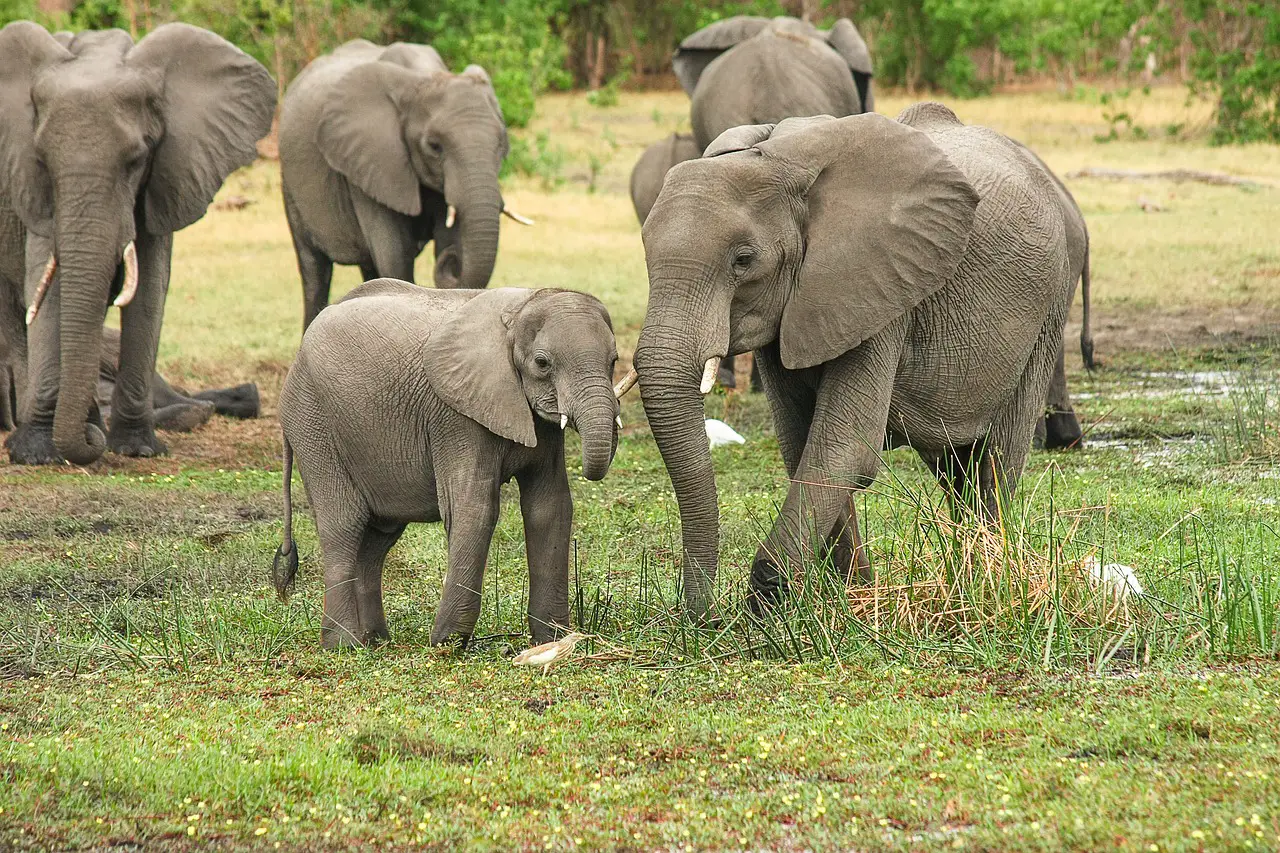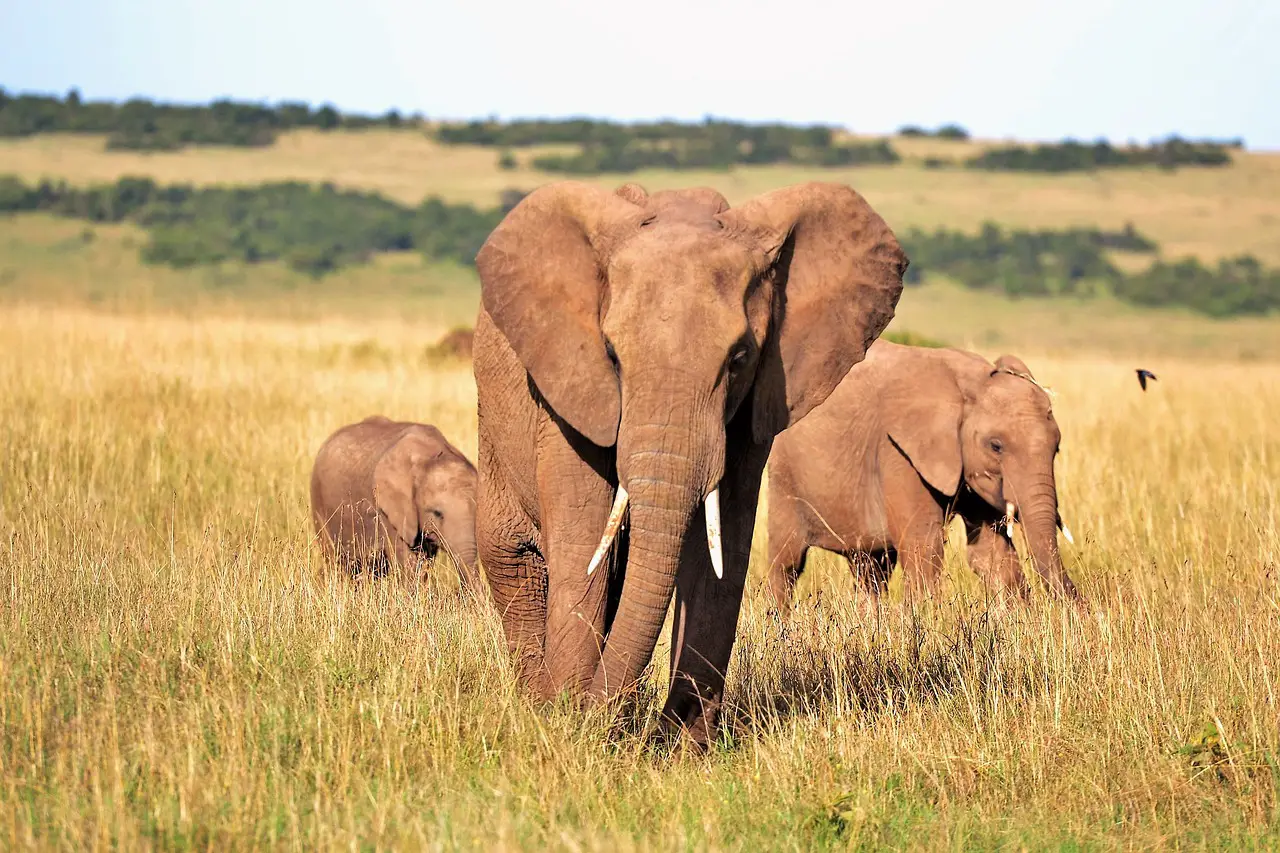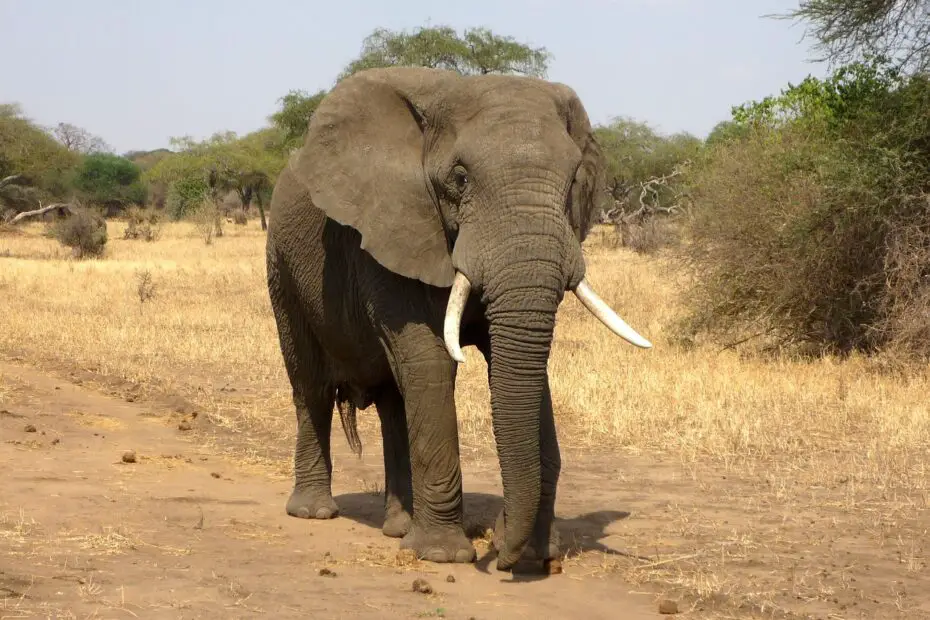In the vast tapestry of the animal kingdom, certain creatures stand out as true giants. Among them, the largest land animal holds a special place. In this article, we embark on a journey to explore the magnificence of these awe-inspiring beings. We will delve into their physical characteristics, social behavior, habitat, conservation status, and the vital role they play in ecosystems. Join us as we uncover the wonders of the largest land animal.
You may also want to read about the largest animal lifespan.
The Magnificence of the Largest Land Animal
The African Elephant
With its iconic size and presence, the African elephant (Loxodonta africana) claims the title of the largest land animal. These majestic creatures inhabit the savannas, forests, and grasslands of sub-Saharan Africa. Their sheer size and gentle demeanor have captivated human imaginations for centuries.

The Asian Elephant
Close in size to its African counterpart, the Asian elephant (Elephas maximus) commands reverence in the landscapes of Asia. From the dense forests of India to the lush jungles of Southeast Asia, these magnificent creatures leave an indelible mark on the regions they call home.
Physical Characteristics and Adaptations
Size and Weight
The size of the largest land animal is truly awe-inspiring. Adult African elephants can reach heights of up to 13 feet at the shoulder and weigh an astonishing 5 to 7 tons. Asian elephants, while slightly smaller, can still grow up to 10 feet tall and weigh between 2.5 to 5 tons. Their massive frames and sturdy build are a testament to their strength and resilience.
Trunk and Tusks
One of the most distinctive features of the largest land animal is its trunk, a versatile appendage that serves as a multi-purpose tool. Used for breathing, smelling, touching, and grasping objects, the trunk is an evolutionary marvel. Additionally, both African and Asian elephants possess elongated incisor teeth known as tusks, which are used for various tasks, including digging, feeding, and defending themselves.
Remarkable Intelligence
Beyond their physical prowess, the largest land animals possess remarkable intelligence. Their complex brains and sophisticated cognitive abilities enable them to exhibit problem-solving skills, form social bonds, and display emotions. Elephants display traits such as empathy, self-awareness, and long-term memory, showcasing their advanced intelligence.
Social Structure and Behavior
Family Units and Matriarchy
The social structure of the largest land animal is characterized by strong familial bonds. Both African and Asian elephants live in tight-knit family units led by a matriarch—a wise and experienced female who guides the group’s movements and decisions. These family units often consist of related females and their offspring, creating a supportive network that nurtures and protects the young.

Communication and Cooperation
Communication among elephants is a sophisticated and nuanced form of interaction. Through low-frequency vocalizations, infrasound, and a wide range of body postures, elephants convey messages and maintain social cohesion. Their cooperative behavior extends beyond their own species, as they have been observed forming alliances with other animals, such as birds, in mutualistic relationships.
Habitat and Conservation Status
Natural Habitats and Range
The largest land animal occupies diverse habitats, each with its own unique characteristics. African elephants are found in various ecosystems, including savannas, forests, and wetlands, while Asian elephants inhabit forests and grasslands. Their wide distribution ranges across different countries, each with its own conservation challenges.
Threats and Conservation Efforts
Despite their iconic status, the largest land animal faces numerous threats to its existence. Habitat loss due to human encroachment, poaching for ivory, and conflict with local communities are among the primary challenges. Conservation organizations and governments are working tirelessly to protect these magnificent creatures by establishing protected areas, implementing anti-poaching measures, and promoting sustainable practices that mitigate human-elephant conflicts.
Ecological Importance
Seed Dispersal and Habitat Modification
As the largest land animal, elephants play a critical role in shaping ecosystems. They contribute to seed dispersal by consuming fruits and later dispersing the seeds through their feces. This process helps regenerate vegetation and promotes biodiversity. Furthermore, their movements and feeding behaviors create openings in dense forests, allowing sunlight to reach the forest floor and fostering the growth of various plant species.
Impact on Vegetation and Ecosystems
Elephants are often referred to as “ecosystem engineers” due to their significant influence on vegetation and landscapes. By feeding on various plant species, they control vegetation density and shape the structure of habitats. Their activities can lead to the creation of waterholes, clearing of undergrowth, and maintenance of open landscapes, thereby benefiting a wide array of plant and animal species.
Cultural Significance and Conservation Awareness
Symbolism and Mythology
Throughout history, the largest land animal has held profound cultural significance in many societies. They feature prominently in folklore, religious beliefs, and traditional ceremonies, symbolizing wisdom, strength, and spiritual connections. Recognizing their cultural importance further enhances conservation awareness and fosters a sense of stewardship.
Conservation Education and Tourism
The presence of the largest land animal has also sparked interest in conservation education and sustainable tourism. Wildlife reserves and national parks offer opportunities for visitors to observe elephants in their natural habitats, raising awareness about the need for conservation and generating support for ongoing efforts. Responsible tourism practices that prioritize the well-being of elephants and their habitats are crucial for their long-term protection.
Conclusion
The largest land animal stands as a testament to the wonders of the natural world. From their impressive size and physical adaptations to their complex social structures and ecological impact, elephants command our admiration and respect. Protecting these magnificent creatures and their habitats is vital for the preservation of biodiversity, the sustainability of ecosystems, and the cultural heritage they embody. By fostering awareness, supporting conservation efforts, and promoting responsible coexistence, we can ensure a future where the largest land animal continues to roam with grace and majesty.
FAQs
- Why are elephants considered the largest land animals? Elephants are considered the largest land animals due to their sheer size and weight. They surpass other terrestrial creatures in height, length, and overall mass. With their towering presence and robust build, elephants stand as true giants among land-dwelling species.
- What makes the African and Asian elephants different? African and Asian elephants have distinct physical features and inhabit different regions. African elephants are generally larger in size, with larger ears and tusks, compared to their Asian counterparts. Asian elephants have smaller, rounded ears and shorter tusks. The two species also have differences in their habitats, behavior, and genetic makeup.
- How important are elephants to their ecosystems? Elephants play a vital role in their ecosystems. As ecological engineers, they shape landscapes through their feeding habits, creating openings in forests and influencing vegetation density. They also contribute to seed dispersal, promoting the growth of diverse plant species and supporting the overall biodiversity of their habitats. Their presence has a cascading effect on other wildlife, influencing everything from plant communities to water sources.
- What are the main threats to the survival of elephants? Elephants face numerous threats to their survival, including habitat loss and fragmentation due to human activities such as agriculture, infrastructure development, and logging. Illegal poaching for ivory remains a significant concern, as it drives the illegal wildlife trade. Human-elephant conflicts, often arising from competition for resources and encroachment into elephant habitats, also pose a threat to their populations.
- How can individuals contribute to elephant conservation? Individuals can make a difference by supporting organizations and initiatives dedicated to elephant conservation. This can involve donating to reputable conservation organizations, advocating for stronger anti-poaching measures, promoting responsible tourism practices, and raising awareness about the importance of protecting elephants and their habitats. Additionally, reducing the demand for ivory products and supporting sustainable livelihoods for local communities can contribute to elephant conservation efforts.
